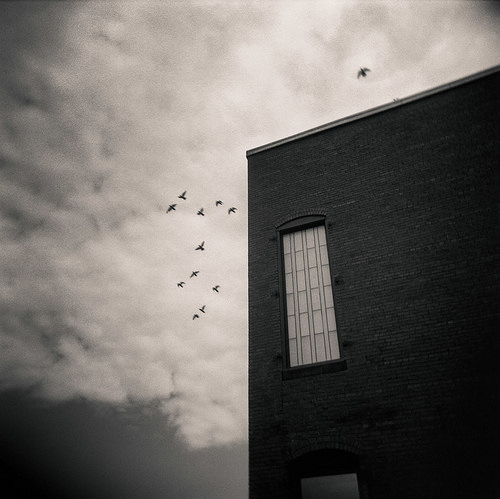"Maragalle'' (mixed media on wood), by Deborah Barlow, in the group show "Clew: A Rich and Rewarding Disorientation,'', at the Lamont Gallery, at Phillips Exeter Academy, Exeter, N.H., Jan. 20-April 15.
The gallery writes:
“Clew: The word can mean variously a ball of yarn, part of a ship's sail, and an expanse of wings. The most famous clew in Western culture was the ball of thread given to Theseus by Ariadne, used to guide the hero back through the labyrinth of the Minotaur. Over time clew has come to mean “a fact, circumstance, or principle which, being taken hold of and followed up, leads through a maze, perplexity, difficulty, intricate investigation” (Oxford English Dictionary). The labyrinth in that famous story is often a metaphor for what is baffling, complex and unfathomable. But a labyrinth can also suggest the mysterious and uncanny. Wandering through a maze—to be in a state of ‘amazement’—can be a rich and rewarding disorientation. When sailing in uncharted waters, the clew we need is one that brings us into proximity to the unknown and then back out again. Wings open and expand.
“’Clew: A Rich and Rewarding Disorientation’ is an artistic collaboration that emulates the labyrinth with its confluences and unexpected turnabouts. Using overlays of music, poetry and visual arts, four artists give viewers and listeners new ways to see, hear and navigate a tripartite, intricately layered world. Within the setting of a physical gallery space, all three formats intermingle freely, and scheduled events shift the central focus from poetry to sound to the visual. Experienced individually or collectively, Clew compounds and expands into a journey of multidimensionality and surprise.’’




















